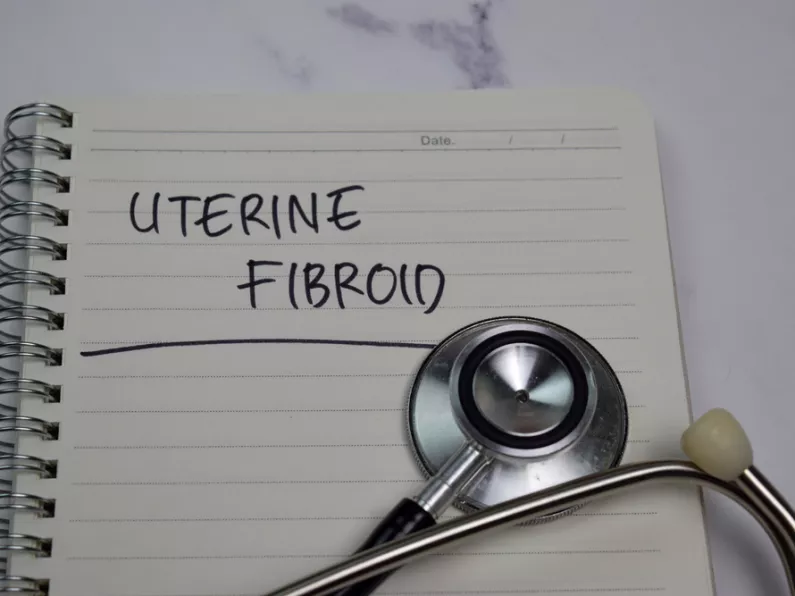Cervical cancer is the third most frequent cancer among women in Trinidad and Tobago and the second most frequent cancer among women aged between 15 and 44.
When cancer starts in the cervix, it is called cervical cancer.
Anyone with a cervix is at risk for cervical cancer, but it occurs most often in people over age 30.
Long-lasting infection with certain types of human papillomavirus (HPV) is the main cause of cervical cancer.
HPV is a common virus that is passed from one person to another during sex. At least half of sexually active people will have HPV at some point in their lives, but few women will get cervical cancer.
Screening tests and the HPV vaccine can help prevent cervical cancer.
When cervical cancer is found early, it is highly treatable and associated with long survival and good quality of life.
Cervical cancer: what you need to know
Many women with cervical cancer don’t realize they have the disease early on because it usually doesn’t cause symptoms until the late stages.
When symptoms do appear, they’re easily mistaken for common conditions like menstrual periods and urinary tract infections (UTIs).
Typical cervical cancer symptoms are:
- unusual bleeding, like in between periods, after sex, or after menopause
- vaginal discharge that looks or smells different than usual
- pain in the pelvis
- needing to urinate more often
- pain during urination.
If you notice any of these symptoms, see your doctor for an examination.
Causes
Almost all cervical cancers are caused by HPV, a common virus that can be passed from one person to another during sex.
There are many types of HPV. Some HPV types can cause changes on a woman’s cervix that can lead to cervical cancer over time, while other types can cause genital or skin warts.
HPV is so common that most people get it at some time in their lives.
HPV usually causes no symptoms so you can’t tell that you have it. For most women, HPV will go away on its own.
However if it does not, there is a chance that over time it may cause cervical cancer.
Other things can increase your risk of cervical cancer:
- Having HIV (the virus that causes AIDS) or another condition that makes it hard for your body to fight off health problems.
- Smoking tobacco.
Screening
The HPV test and the Pap test can help prevent cervical cancer or find it early.
- The HPV test looks for the virus that can cause cell changes on the cervix.
- The Pap test (or smear) looks for precancers, cell changes on the cervix that might become cervical cancer if they are not treated appropriately.
Both tests can be done in a doctor’s office or clinic.
During the Pap test, the doctor will use a plastic or metal instrument to look inside your vagina.
This helps the doctor examine the vagina and the cervix, and collect a few cells and mucus from the cervix and the area around it.
The cells are sent to a laboratory for testing.
- If you are getting a Pap test, the cells will be checked to see if they look normal.
- If you are getting an HPV test, the cells will be tested for HPV.
What is cervical precancer?
When there are cervical cells that look abnormal but are not yet cancerous, it is called cervical precancer.
These abnormal cells may be the first sign of cancer that develops years later.
Cervical precancer usually doesn’t cause pain or other symptoms. It is found with a pelvic exam or a Pap test.
When to get tested
You should start getting Pap tests at age 21. If your Pap test result is normal, your doctor may tell you that you can wait three years until your next test.
If you are 30 to 65, talk to your doctor about which testing option is right for you.
If you are older than 65, your doctor may tell you that you don’t need to be screened anymore if:
- You have had normal screening test results for several years, and
- You have not had a cervical precancer in the past, or
- You have had your cervix removed as part of a total hysterectomy for non-cancerous conditions, like fibroids.







